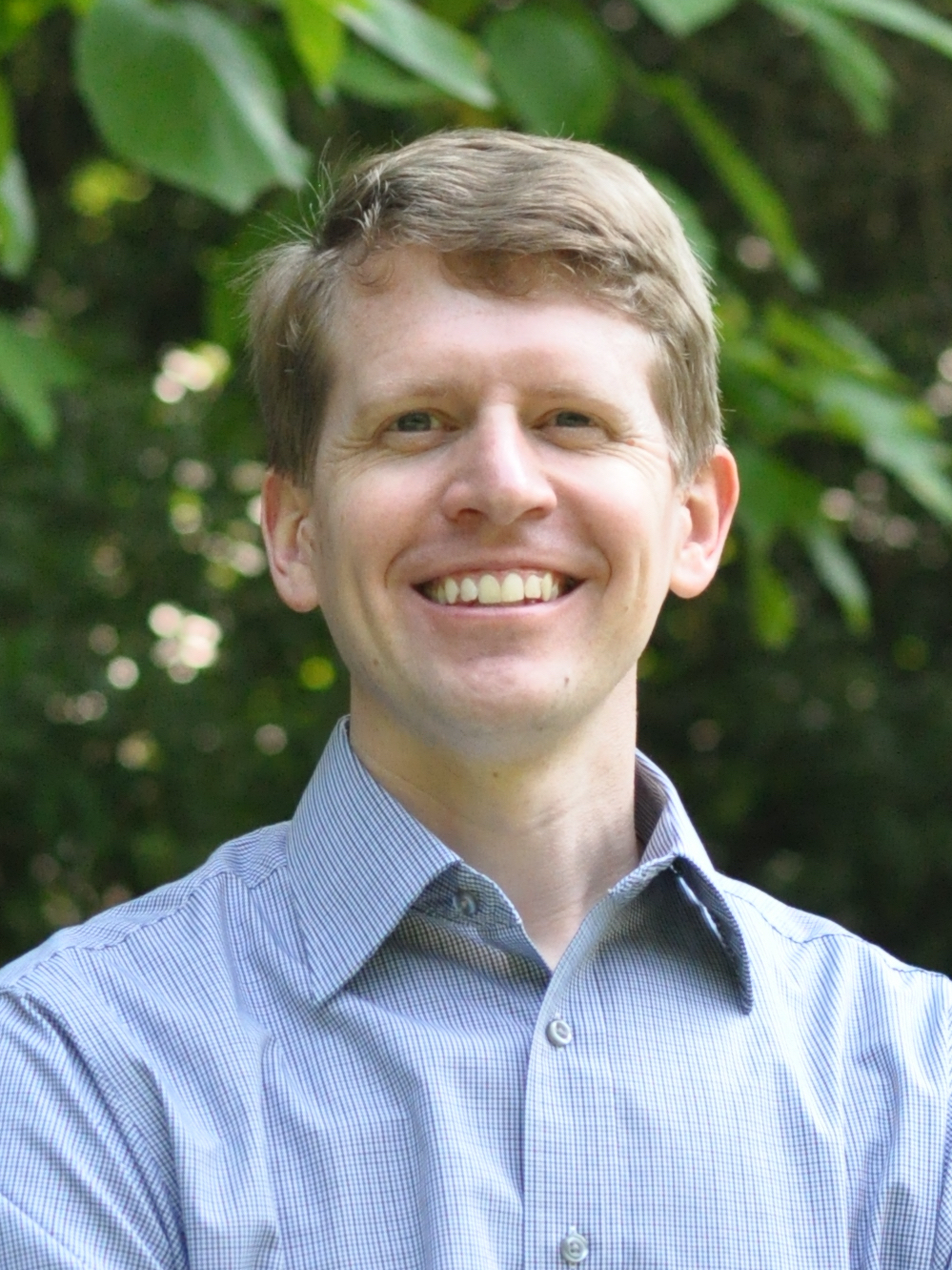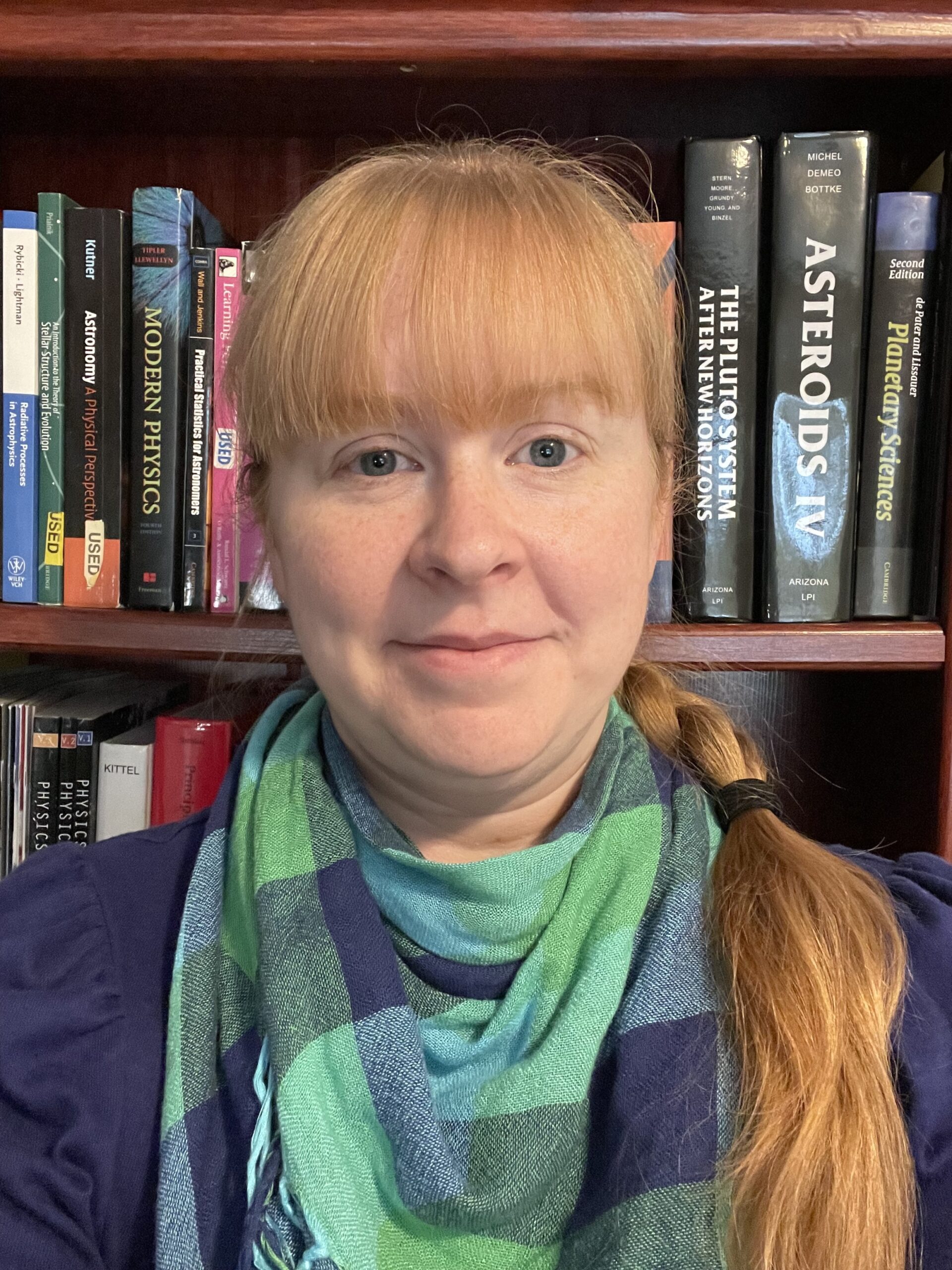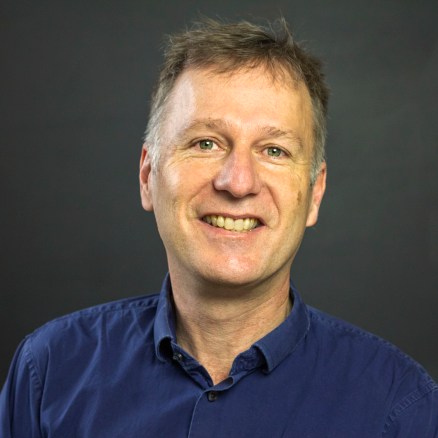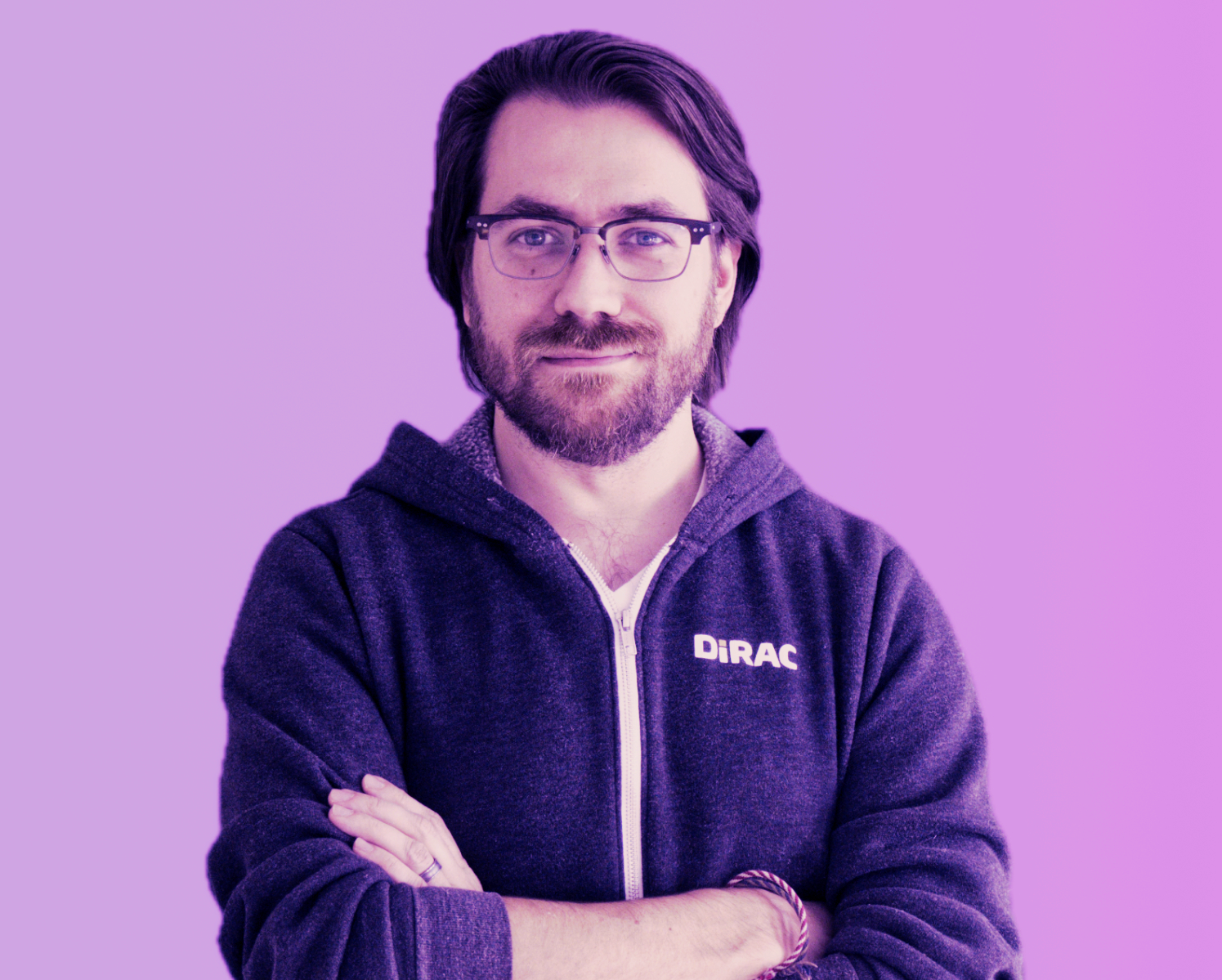My research focuses on understanding dark matter and galaxy evolution via observations and simulations of the Milky Way. I am particularly interested in stellar streams, the remnants of disrupting satellite galaxies and star clusters orbiting our Galaxy. I study these systems using data from large surveys like the Dark Energy Survey, Gaia, and soon the Rubin Observatory LSST, and with cosmological and idealized simulations.
I am a Research Assistant Professor in the Department of Astronomy at the University of Washington and a Fellow of the DIRAC Institute. I am leading the development of major portions of two new large optical time-domain surveys. I am the Alert Production Science Lead for the Vera C. Rubin Observatory as well as Survey Scientist for the Zwicky Transient Facility. I am using optical variability data to search for hidden populations of neutron star and black hole binaries in our Galaxy. My research includes observation, instrumentation, and large-scale data analysis.
Željko Ivezić (pronounced something like Gel-co Eva-zich) obtained undergraduate degrees in mechanical engineering and physics from the University of Zagreb, Croatia, in 1990 and 1991. He obtained Ph.D. in physics from the University of Kentucky in 1995, where he worked on dust radiative transfer models and wrote the code Dusty. He moved on to Princeton University in 1997 to work on the Sloan Digital Sky Survey, and took a professorship at the University of Washington, Seattle, in 2004. Željko’s scientific interests are in detection, analysis and interpretation of electromagnetic radiation from astronomical sources.
His current focus is the Rubin Observatory and Legacy Survey of Space and Time, for which he serves as the Construction Project Director.
I am an affiliate assistant professor in the University of Washington’s Department of Astronomy and a tenure-track assistant astronomer at the National Optical-Infrared Astronomy Research Laboratory (NOIRLab). I am also a member of the Rubin Observatory Community Science Team and I lead the Rubin Observatory Solar System Science Collaboration’s Near-Earth Objects and Interstellar Objects Working Group. My research program broadly focuses on orbital dynamics and impacts of small bodies across the Solar System. This includes studying main-belt asteroid resonances, resonant mechanisms that push asteroids onto retrograde (backwards around the Sun) orbits, asteroids orbiting the Sun closer than the Earth (Atiras and Vatiras), near-Earth object population modeling, co-orbital Solar System objects, impact and crater formation rates on Pluto & Charon, and Earth impact probabilities and hazard mitigation. To learn more about my research, please visit my website: www.sarahgreenstreet.com.
My work focuses on using large surveys to study cosmology and the evolution of galaxies. This ranges from studying the clustering of galaxies and their evolution with redshift, weak gravitational lensing of galaxies, and estimating the properties of galaxies based on their colors (aka photometric redshifts). The common theme to this work is addressing the need for massive data sets and how to work with them. One area that interests me a lot at the moment is the Large Synoptic Survey Telescope (LSST) where I lead the development of simulations of what LSST might observe. Beyond cosmology, I am also interested in how to make the technologies that companies use to search the internet useful in research and education.
I am a Research Assistant Professor in the University of Washington’s Department of Astronomy, where I also currently serve as the faculty Director for Outreach. My research program focuses on time domain and large survey astronomy, with an emphasis on magnetically active stars from missions including Kepler, ZTF, Gaia, and TESS. I also am leading numerous optical technosignatures/SETI projects with collaborators at Breakthrough Listen.
Major astronomical surveys of today are routinely collecting hundreds of terabytes of images, creating databases with billions of objects and several billion measurements. Large survey astronomers are becoming part data scientists. In my research I go where the data takes me – I’ve worked on topics ranging from asteroids in the Solar System, Galactic structure, to the scale structure of the universe. My current focus is using survey data to understand the minor bodies of the Solar System and the structure and evolution of the Milky Way.







